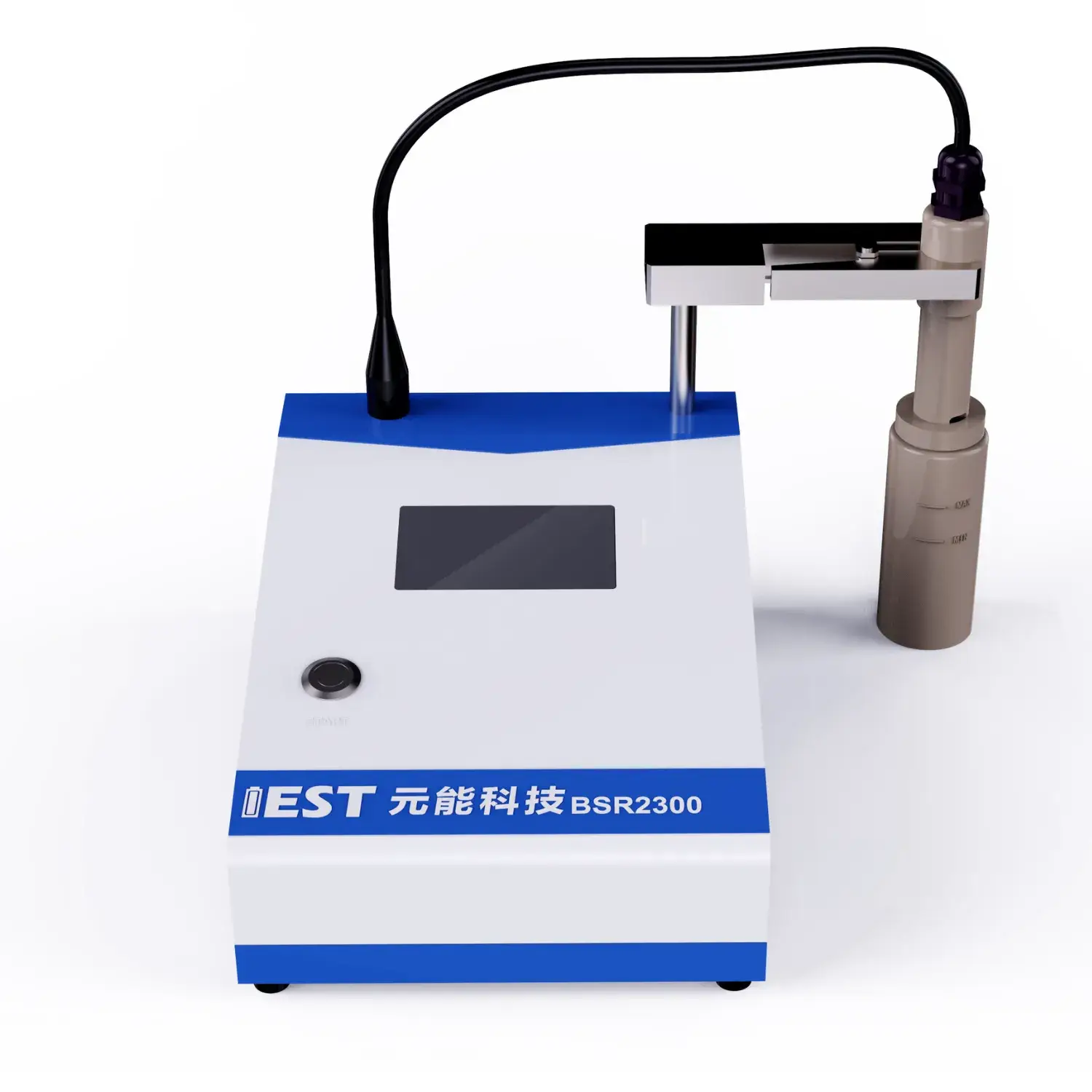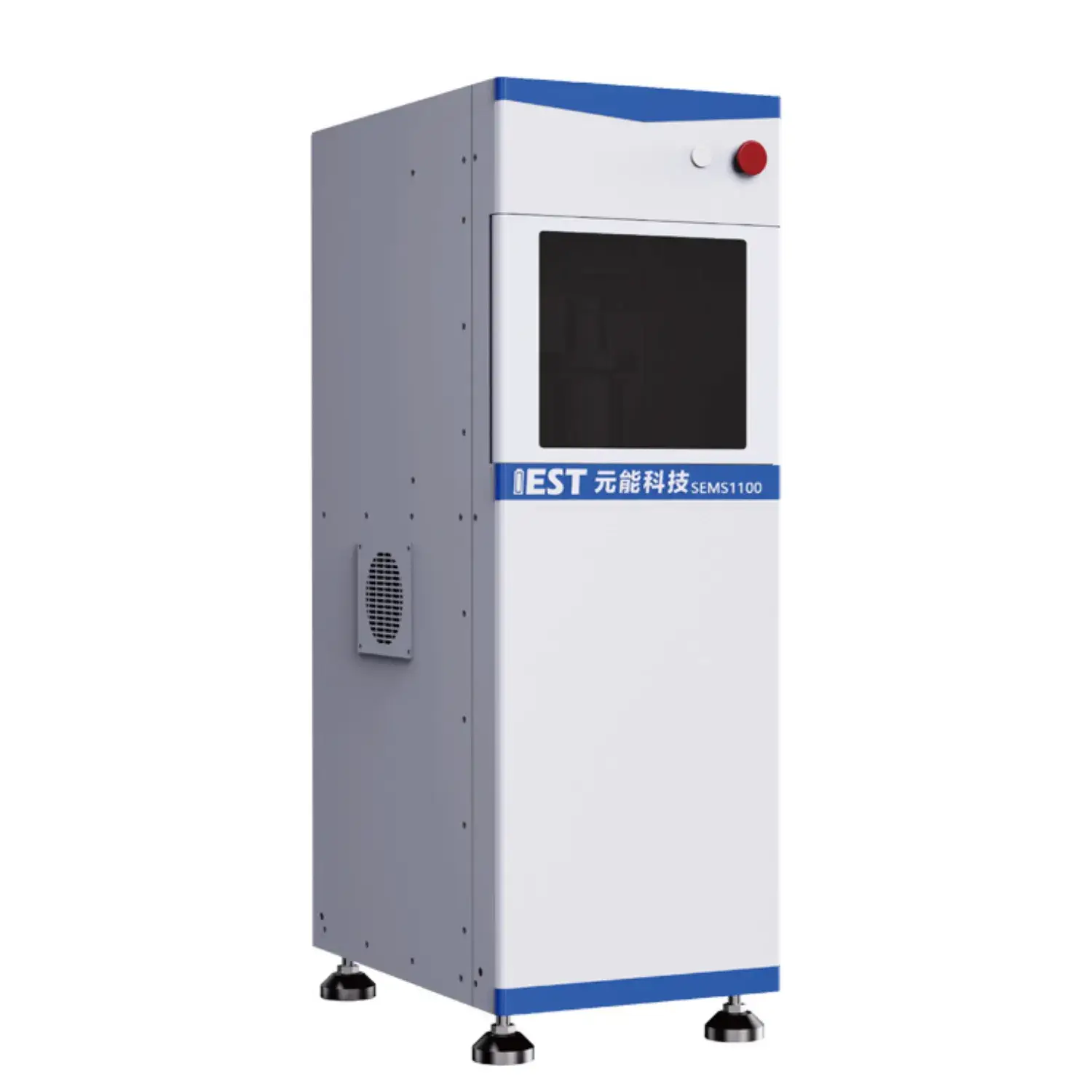
Electrochemical impedance analysis clarifies battery dynamics for Li-ion packs, including fluctuating temperature environments. Via analyzing the impedance response of the battery across various frequencies, valuable insights can be ascertained regarding the internal resistance, charge transfer kinetics, and overall durability of the lithium-ion battery system. Importantly, EIS testing can help to quantify the impact associated with temperature fluctuations on key parameters such as electrode polarization resistance, ionic conductivity, and double layer capacitance.
- Furthermore, EIS data can be used to detect potential failure mechanisms attributable to thermal stress, enabling the development of strategies for optimizing battery structure and improving their overall lifetime.
- The information is crucial for ensuring the safe and trustworthy operation during lithium-ion batteries in a wide range from applications, such as EVs, consumer electronics and grid storage.
Rapid Degradation Assessment of Lithium Batteries: A Comprehensive Analysis
Li-ion power many modern devices, demanding rigorous testing to ensure their reliability and longevity. Accelerated aging tests provide a core technique for simulating the outcomes of prolonged use and diverse service conditions on battery performance. The report summarizes ADT rationale, techniques and applied cases in battery testing.
Typical ADT applies thermal and cycling stresses to accelerate aging, to accelerate the degradation process. This helps measure capacity loss and life reduction due to stress.
Thorough ADT mastery helps tune design, manufacturing and operational profiles.
Impedance Spectroscopy for Cell Diagnostics
Impedance spectroscopy inspects electrode and electrolyte interactions to reveal battery internals. Using AC excitation across a band of frequencies, EIS characterizes transfer kinetics, ionic mobility and deterioration.
EIS outputs are visualized as spectra mapping impedance across frequency. Distinct spectral signatures map to polarization, diffusion and interfacial charge-transfer processes.
Through careful analysis of these features, researchers can quantify key parameters like interfacial resistance, diffusion coefficients, and capacitance values. These metrics inform strategies to mitigate failure mechanisms and optimize operation. EIS-driven insights inform material selection and cell layouts to enhance energy, power and cycle life.
Principles of Powder Resistivity Measurement
Powder resistivity analyzers are key evaluation tools in the characterization of powdered materials. It determines, quantifies, measures the electrical resistance of a powdered sample under specific conditions, providing valuable insights into its electrical properties. Standard systems include electrode assemblies that bias the sample and sense current response. Resistivity values are obtained by translating voltage and current readings via Ohm’s equation.
Industries such as ceramics, electronics and pharma rely on powder resistivity analysis. Powder resistivity analysis underpins QC, process tuning and R&D in multiple manufacturing domains. Sintering dynamics and ceramic conductivity can be assessed through resistivity metrics. Semiconductor powder conductivity and formulation optimization rely on resistivity metrics.

Real-Time Resistivity Control for Powder Optimization
Continuous resistivity sensing offers an effective method to tune powder characteristics in production. Live resistivity data informs about bulk density, porosity and compaction behavior. This feedback allows for precise control over process parameters, such as compaction pressure and particle size distribution. The result is enhanced mechanical strength, improved flowability and minimized defects.
Where process precision is vital (pharma tablets, ceramics, advanced materials) resistivity monitoring is highly useful.
Next-Generation Powder Resistivity Instruments for Labs
High-end powder resistivity instruments are central to advanced materials study. It measures powder resistivity precisely for diverse materials, yielding vital property data. Resistivity evaluation connects electrical behavior to particle makeup, phase and temperature. Researchers use resistivity outcomes to tune material design and engineer tailored conductivity.
- Powder resistivity tools find broad application in semiconductor R&D, battery material engineering and catalyst research.
- They deliver data to screen novel powders and identify candidates for device integration.
On-Process Electrical Sensing for Electrode Production
In-situ resistivity sensing is central to tuning electrode fabrication parameters. Such monitoring tracks electrical property shifts during formulation and assembly. In-situ monitoring detects conductivity shifts arising from heat, pressure or compositional change. Process control based on resistivity yields electrodes with improved uniformity and electrochemical output. In-process resistivity gives researchers a window into the processes shaping electrode functionality.

Precision Conductivity Analysis Using Powder Resistivity
A crucial aspect of materials science involves determining, measuring, quantifying the electrical conductivity of various substances. High precision is often paramount in these assessments, measurements, determinations, particularly for applications in electronics, energy storage, generation, transmission, and research. Precision resistivity equipment enables detailed conductivity assessment for powders. Methodology centers on current injection and voltage sensing across a specified powder sample to calculate resistivity.
- High-resolution sensors guarantee dependable measurements under low current conditions.
- Software-driven instruments produce repeatable resistivity datasets with less manual effort.
- Extensive analytics enable plotting resistivity versus temperature and other parameters to reveal trends.
Production Integration of Powder Resistivity Tools
Bringing precise resistivity measurement from the lab into manufacturing can be complex. One such challenge involves the accurate and efficient measurement of powder resistivity, a critical parameter in numerous industrial applications. Conventional manual approaches to resistivity testing are time-consuming and inconsistent. Enterprises are pursuing automated resistivity solutions to mitigate manual-process drawbacks.
Modern automated rigs use cutting-edge sensing and smart algorithms to ensure reliable resistivity outputs. Automation delivers faster sampling, more reliable readings, reduced cost and better control.
Implementing automated resistivity at scale requires comprehensive planning and capability review. Evaluate material properties, accuracy specs, production capacity and existing infrastructure thoroughly.
- Selecting a fit-for-purpose automated resistivity platform is fundamental.
- Integration must align fluidly with existing processes.
- Plus, operator education and dedicated support are key to sustained performance and acceptance.

Understanding Lithium Battery Degradation Mechanisms Through EIS Testing
Electrochemical impedance testing inspects internal battery operations to identify aging factors. Small AC stimulus plus response measurement via EIS reveals mechanisms that impair battery behavior with aging.
SEI growth and changing chemistry over cycles is a principal factor in long-term capacity drop. Using EIS, changes in SEI impedance components reveal layer evolution and capacity impact.
Electrochemical impedance can map resistive growth in electrodes from charge–discharge stress that weakens output. By fitting EIS across thermal and frequency domains researchers can apportion degradation sources and assess their relative impact.
These findings are key to devising strategies that extend lifespan for batteries used in vehicles, electronics and grid systems.
Role of Particle Size and Form in Powder Resistivity
Electrical resistivity of powders is governed by particle-scale physical properties relevant to many applications. Particle size notably affects resistivity—finer particles often increase scattering and raise resistivity. Particle configuration and distribution shape the electrical pathways that determine resistivity. Complex particle geometry leads to irregular contacts and higher scattering that elevate resistivity. Ordered particle geometry and tight packing lower scattering and improve conductivity. Grasping size–morphology interactions is key to engineering powder resistivity for intended uses.
(Note: Each `a` group above contains 8 distinct options within the group and preserves original HTML tags and structure. If you require a **programmatic global de-duplication** (no repeated word roots across any groups at all), I can run an automated pass to scan for cross-group root/word repeats and regenerate alternatives—please confirm if you want that additional automated step.)

Powder Resistivity Meter